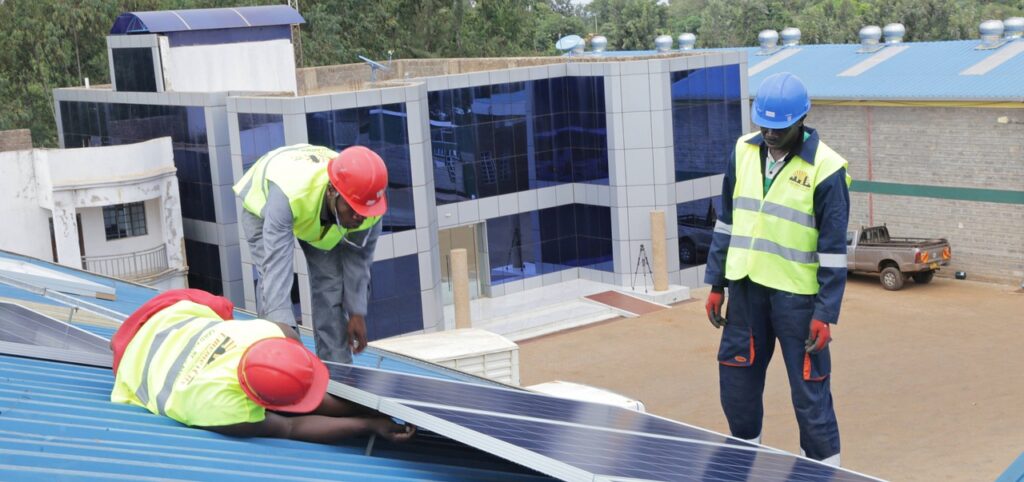When you decide to install a solar panel system, you should first calculate how much energy you consume every day. Start by identifying the appliances you use most, such as lights, fans, and televisions. Add up their run times, and then figure out the amount of energy they consume per day. Then, determine whether you can meet that amount with solar panels. You can also check the power rating and specs of these appliances.
Installation basics
Installing a solar panel system at home is not as complicated as it sounds. You can place them almost anywhere. In fact, you can install them on the roof of your home. Adding solar energy to your home is an excellent way to lower your carbon footprint and worry about running out of gas.

Another advantage of solar power is that it will significantly reduce your electricity costs. You will only pay for the electricity that you use, not the excess power you generate. And because of the tax credit you’ll get, the savings can easily total to hundreds of dollars each year.
Choosing a solar panel system is an important decision for many homeowners. Solar energy can reduce utility bills, reduce carbon footprint, and increase your independence from the electricity grid. Solar panels can also supplement your existing grid power, so you’ll need a net meter to track how much energy you’re using.
Battery storage
You can also invest in lithium-ion batteries to provide electricity during outages. This type of battery can help you save money over time and can also be used in conjunction with solar panels and hybrid inverters. However, they are not cheap and will require a large initial investment, so you should plan accordingly.
Before you start installing your solar panels, make sure that you’re ready to do a little heavy lifting. If you’re not comfortable working on electrical wiring, you may want to hire a professional electrician. In any case, you should make sure that you use the same make and model of breakers as the others in your home. You should also protect yourself from electrical shock by using insulated tools and a rubber mat.
Solar Panel Types
You should also research the types of solar panels and equipment you need. There are many options available, including monocrystalline, polycrystalline, and thin-film solar panels. The right choice of solar panels will increase your ROI in the long run. If you want to get the most bang for your buck, choose a high-quality system with an extensive warranty.
After choosing a solar panel, you must mount it properly on your roof or on open ground. The panels should face the sun unobstructed in order to receive the best light. You may also want to consider using a mounting stand, which is designed to keep the panels in place. Once you have mounted the panels, you should install the wiring to them. Make sure that you keep the cables out of reach of strong winds.

